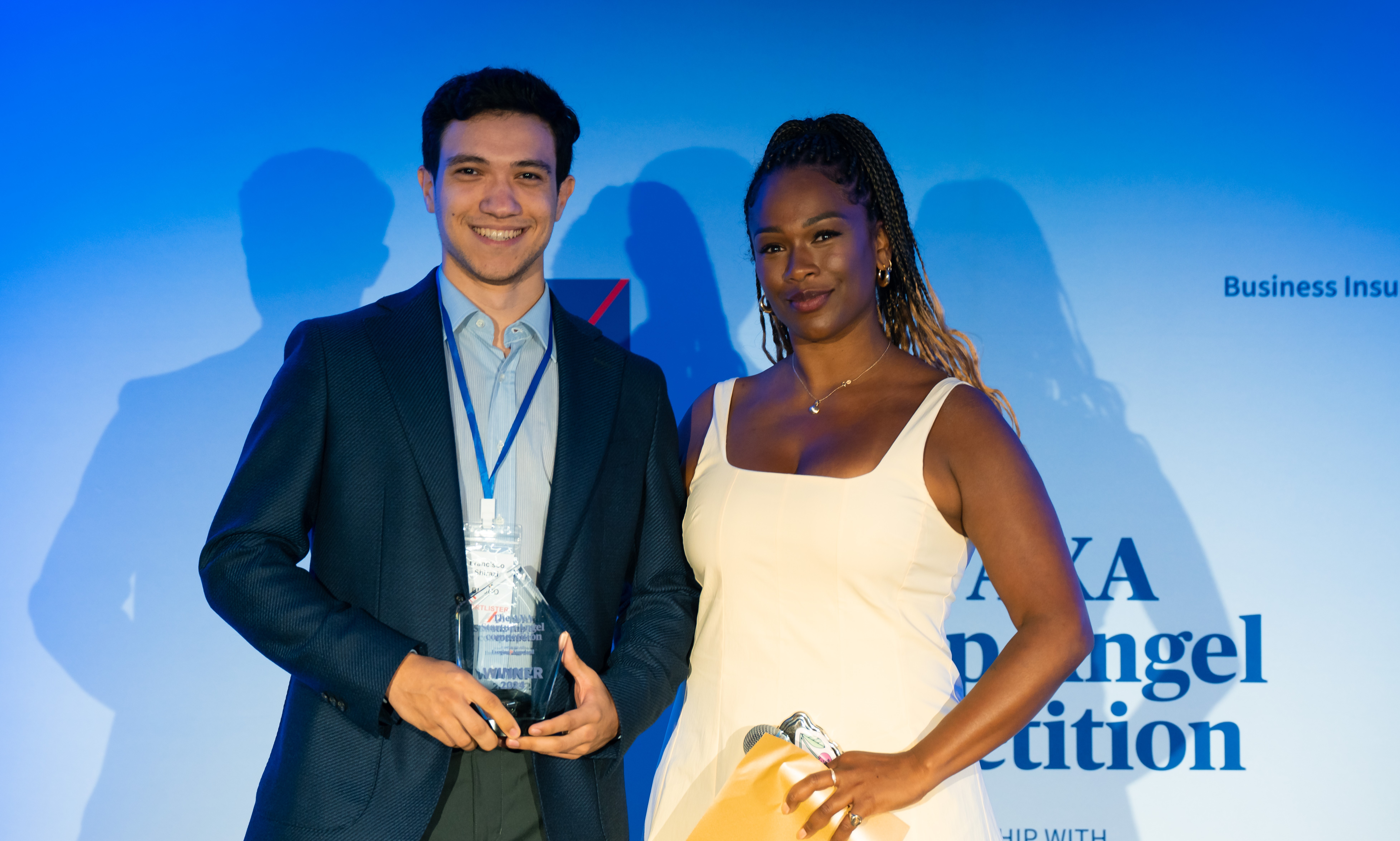If you’ve got creative flair and an eye for design, then you might enjoy picking up some work as a graphic designer. There’s plenty of people that take up design as a side hustle to supplement their regular income or who run their graphic design business as a full-time gig.
Find out how you can become self-employed graphic designer:
What do graphic designers do?
Graphic designers don’t necessarily need to be good at the fine arts like drawing or painting, but knowing how to do digital design using programmes like photoshop, InDesign, illustrator or procreate can really help!
You might help businesses design a logo, packaging, slide decks, or brochures using a combination of imagery, illustration and typography.
A typical day might include talking with clients, making first drafts of work to receive feedback on, presenting thought starters or responding to client briefs, or showcasing finalized work.
Where do graphic designers work?
It all depends on your set up and how many clients you’re working with at a time. If you’re working on a major project with just one client, it is possible they might want you to work from their offices on occasion. However, if you’re freelancing for many organisations at once on smaller projects, the odd are that you’ll be able to choose your work setting.
Who can become a graphic designer?
As a business owner, you’ll need great organisational skills, problem solving abilities and a knack for admin. In addition to general business skills, you’ll also want to develop some concrete knowledge around art and design. Let’s explore some of the skills and knowledge that will be helpful when looking to start a graphic design business:
- Colour Theory
- Computer aided design software
- Communication
- Problem solving
- Digital sketching
- Attention to detail
Do I need a degree to become a graphic designer?
There are many routes you can take to become a graphic designer whether that’s university, college, an apprenticeship or another route.
If you plan to go down the route of further education, you’ll likely need GCSEs in order to be accepted and you’ll want to look for programmes that focus on graphic design, digital design or graphic communication.
Be sure to build up a portfolio no matter what route you go down so that you have ample examples of your work available for potential clients. If you decide to forego formal education and try to get an internship or entry level role in the industry right away, then your portfolio will be doubly important and can be filled with personal projects.
How much do graphic designers get paid?
As a business owner, you may be able to earn more if you manage your profit margins properly. As always, what you can charge will depend largely on what types of services you offer to clients and what areas you specialise in, so take some time to consider your niche before starting up.
When you’re starting out, you might expect to make £18,000 a year but over time you could work your way tup to £40,000 a year!
How much does it cost to get started as a graphic designer?
Costs will depend on what kind of kit you already have and what the needs of your business are, so it’s hard to give a true estimate on start up costs. Instead, here are some of the supplies you may need to budget for:
- Robust laptop that has enough RAM to handle various design softwares and large exports
- Subscriptions to the main design software platforms
- Tablet and pen for digital sketching
- Domain for your business website
You won’t necessarily need all of these things and there may be additional costs that aren’t listed here depending on your niche and your needs. In order to keep your costs down, remember that ongoing business expenses such as your website domain or Adobe subscriptions will count as an allowable expense and can be claimed against your business taxes.
Professional bodies for graphic designers to join?
When you’re just starting out it can feel lonely, but luckily there’s quite a few professional bodies that you can join. Professional groups can help with networking, professional development, mentorship, and give your business more credibility.
Here are two groups that may interest you as you begin your journey as a graphic designer:
You may also want to look for online groups that support business owners in general or ones dedicated specifically to teaching music.
How to get started as a graphic designer?
- Start building a portfolio: Be selective about choosing some of your best work to showcase to clients. Make sure you show the breadth of your skills as well including logos, posters, websites, posters, etc so that prospective clients can see all of your skills. It can include anything from paid work to passion projects, as long as they’re goo enough to make the cut!
- Establish an online presence: Once you have a business name in mind, start to claim it everywhere that you can online. You don’t have to start using all of the platforms right away but ensuring that you own your brand name everywhere can be quite a valuable exercise. You’ll also want to consider what online platforms you use to get work – will it just be through your own website or will you use platforms such as LinkedIn, Fiverr, Upwork or Freelancer to help?
- Create business plan: Your business plan isn’t just a formality, it’s a template for success. It’s a place for you to set out your strategy and objectives, then break them down into concrete tasks and clear goals. Get it right, and it will pay dividends. Check AXA’s tips on how to write a business plan here.
- Try finding a niche market: Having a niche or speciality can help you find more clients. If there’s something you’re very good at that not many people offer, it may enable you to charge more for your expertise. Just make sure that your niche won’t be too limiting – do you research to ensure it has enough demand before officially deciding to specialise your business.
- Start taking clients: Now you’re ready to start making money. Use your first few clients as a learning experience to understand how much time a project will take you on average and how you can maximise your time without getting burnt out. Try to get a diverse client base that includes a mix of regular clients, one-off big projects, and new clients.
- Try to set up a passive income stream: This won’t work for everyone but if you can make a course, toolkit or even downloadable designs that you sell on a platform like Etsy, it can help create a passive revenue stream that works in the background for you while you’re on other projects. Just be sure to research the costs of listing on third-party platforms and
- Get reviews: Be extra diligent about getting reviews from clients when you’re starting out. After your portfolio, good reviews will likely be one of the most useful tools in winning you new clients.
Protecting your graphic design business
So your business is up and running, you’ve found your design niche and the clients are happy. You’re doing what you love, and that’s worth protecting. Which is why you need graphic designer insurance.
Here’s a few of the insurance types that are common for graphic designers to get:
- Professional indemnity: This covers you if you’re found to provide advice, design or suggestions that have caused a financial loss for a client. Plus choose from add-ons like data protection and breach of copyright.
- Business equipment insurance: With this add-on cover to your business insurance, you’ll get protection for all the essential equipment needed to keep your business up to scratch. Whether it’s drawing tablets, laptops, tablets or more – we’ve got your back.
- Public liability insurance: This provides cover for legal defence costs and compensation, in case of injury or damage caused to a third party or premises.
- Employers’ liability insurance: cover to protect your staff if they’re injured or become ill as a result of working for your business. It’ll help pay for damages, compensation costs and legal fees you may need to cover.
All links are checked and valid at time of publishing, 8 November 2023.






